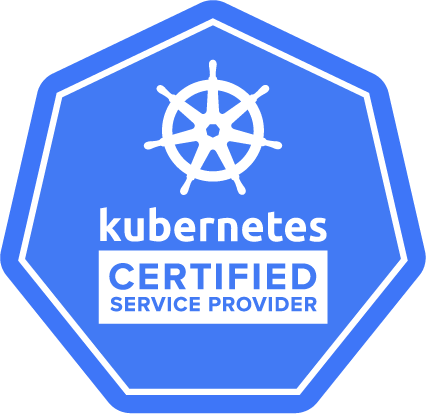In a recent conversation with Doug Milburn, CEO of 45Drives, I picked up the term ‘contractual risk’. You add to the contractual risk of your organisation every time you deploy a proprietary software solution. Proprietary software comes with a license that grants you the right to use it after you pay for it. But perpetual licenses are no longer the norm. Subscription models are becoming increasingly common, and even a perpetual license does not guarantee long-term safety, as modern software solutions require regular updates and support.
My favourite example of such a risk becoming damaging is VMWare, of course. After Broadcom acquired VMware from Dell, it increased prices in a way intended to eliminate all but the 600 most relevant customers.
Who books proprietary software as a risk in their risk analysis? Big vendor XYZ will never go out of business. I bet many had the same thought about the market leader in enterprise virtualization. Broadcom proved those to be wrong. Have you ever considered open-source software as a systematic strategy to reduce your organisation’s contractual risk?
Now, let me turn it around and look at open-source software from another perspective: that of investors. Recently, the Linux Foundation published a report titled The State of Commercial Open Source 2025, in collaboration with the venture capital firm Serena and COSSA (The Commercial Open Source Alliance). Just read the forewords. The presented data has an AI bias, but that’s my personal perspective. My main takeaway beyond that, which I was unaware of, is that investments in open-source companies tend to outperform those in their proprietary counterparts.
Now, let’s get our feet back on the ground and take a look at what is happening at LINBIT. We’re entering a relatively busy event-filled period next month. Starting off in Hamburg from September 9th to 11th, we’re sponsoring and attending The Container Days Conference. The autumn edition of the CloudStack European User Group (CSEUG) 2025 follows. The event will be held in London, UK, on September 18th. Finally, on the 25th, we head to Milan for the ‘AI, HPC, QUANTUM: Reshaping the Technology Landscape’ event, organized by E4 Computer Engineering, for which we are gold sponsors.
Over to new LINBIT content, ‘Getting Started With LINSTOR in Proxmox VE’ is a how-to guide that provides instructions for getting started with using LINSTOR for Proxmox VE. The configuration described in this guide is a hyperconverged architecture, with storage directly attached to the hypervisor nodes.
Another piece of new Proxmox-focussed content on the LINBIT blog is ‘Configuring Highly Available NVMe-oF Attached Storage in Proxmox VE’, which explores one way to use LINBIT’s software with Proxmox VE.
Additionally, we recently released two how-to guides, starting with ‘Getting Started with LINSTOR in Oracle Linux Virtualization Manager.’ This one guides you through setting up a LINSTOR environment that provides highly available storage domains for OLVM.
The final tech guide I’ll share this week is ‘KVM High Availability Clustering Using DRBD and Pacemaker on RHEL 9.’ This guide can be used to deploy a high-availability (HA) KVM cluster by using DRBD, Pacemaker, and Corosync on Red Hat Enterprise Linux (RHEL) 9 or AlmaLinux 9 servers.
Regarding the latest software updates, the team has released ‘python-linstor/linstor-client 1.26.1’ since my previous newsletter.


